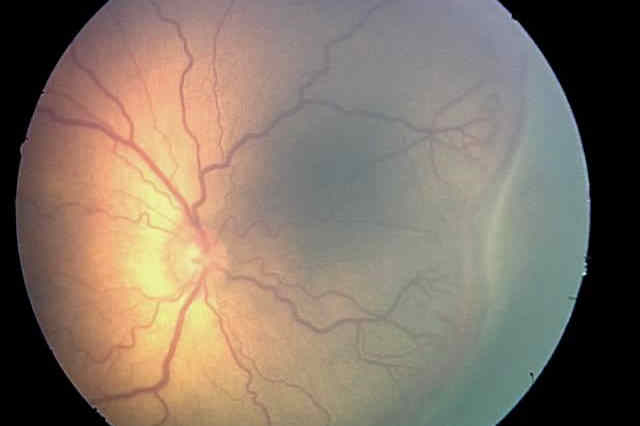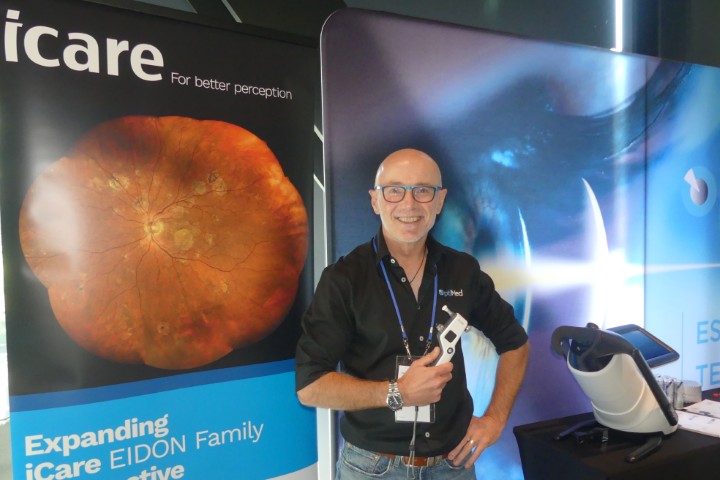AI beats experts
AI can pick up a potentially devastating cause of childhood blindness automatically and more accurately than most expert physicians, says a paper published in JAMA Ophthalmology. The algorithm accurately diagnosed retinopathy of prematurity (ROP) in images of infants’ eyes 91 percent of the time, while physicians with ROP experience averaged 82 percent for the same images. Retinopathy of prematurity, which is common in premature babies, is caused by abnormal blood vessel growth near the retina and is the leading cause of childhood blindness globally.
The paper's co-lead authors are Dr James Brown from Harvard Medical School and assistant professor Dr Peter Campbell at the OHSU School of Medicine. The study’s algorithm specifically uses deep learning, a form of AI that mimics how humans perceive the world through vision, including identifying objects. Researchers from Massachusetts General Hospital combined two existing AI models to create the algorithm, while the OHSU researchers developed extensive reference standards to train it.
"There's a huge shortage of ophthalmologists who are trained and willing to diagnose ROP. This creates enormous gaps in care, even in the United States, and sadly leads too many children around the world to go undiagnosed," said the study's co-lead researcher, Dr Michael Chiang.
The full research team is now working with a collaborator in India to see if the algorithm can diagnose ROP in Indian babies as well as it did for the group of primarily Caucasian babies involved in this study. They are also exploring whether the algorithm can diagnose the condition in images of other parts of the retina besides vessels. The ultimate goal is to enable physicians to incorporate the technology into their clinical practices.


























